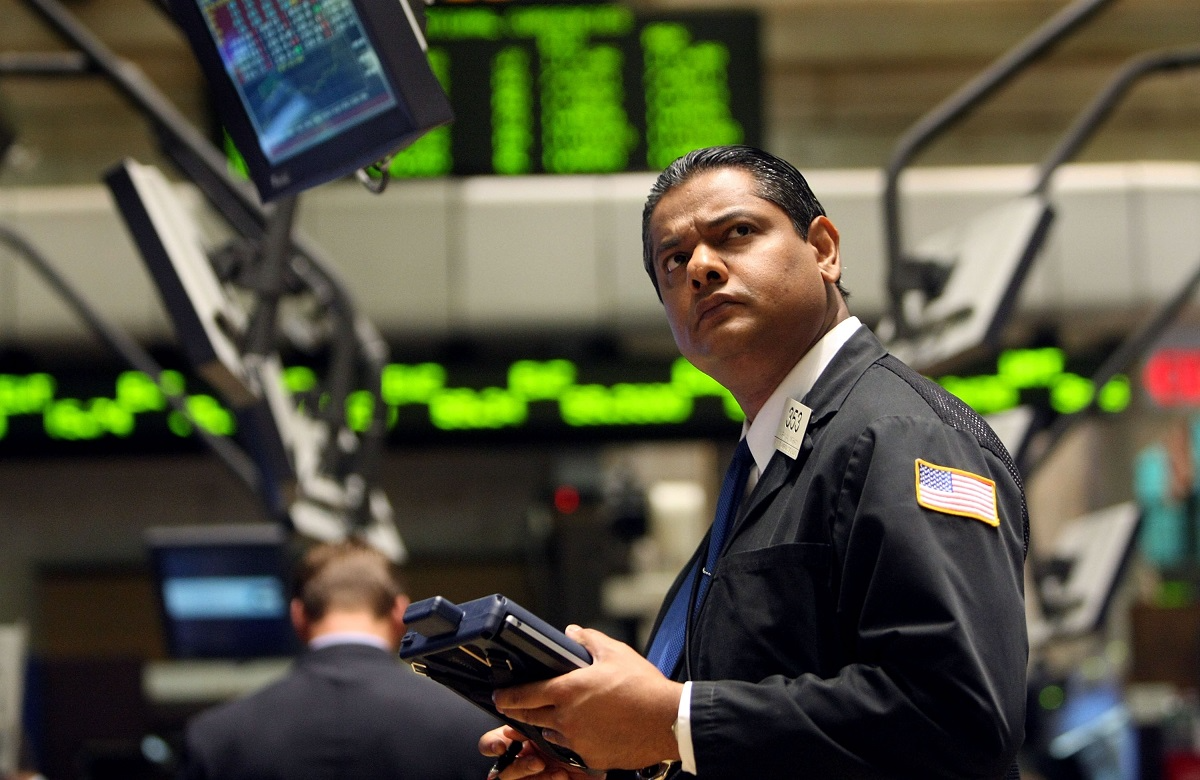On this day in economic and business history ...
The stories of Coca-Cola (KO +0.34%) and PepsiCo (PEP +0.04%) have a lot more in common than brown, fizzy sugar water. Coke was invented by a Southern pharmacist in the late 1800s. So was Pepsi. The family of Coke's inventor lost control of the formula shortly after his death. The family of Pepsi's inventor lost control of the formula shortly before his death. Coke was pushed to popularity by a marketing-savvy businessman. Pepsi was, too -- following its post-bankruptcy acquisition by candy maker Charles Guth, who incorporated Pepsi-Cola, progenitor of the modern PepsiCo, on Aug. 10, 1931.
Pepsi inventor Caleb Bradham was not a business mastermind, and his Pepsi-Cola went into bankruptcy in 1923. Pepsi's second owner also failed to turn Pepsi into a proper rival for Coke (by then entering a period of phenomenal growth thanks to the marketing genius of president Robert Woodruff), and this Pepsi-Cola also fell into bankruptcy in 1931.
Guth leapt at the opportunity to buy Pepsi's assets for just $10,500 (about $160,000 today), but not simply because he saw a great business opportunity. Guth also happened to be president of Loft, a major candy manufacturer that operated soda fountains in its stores. Coke had provided the cola syrup of choice at Loft's stores, until it refused to give Guth the wholesale discount he wanted. A cost-conscious Guth began to explore for alternatives and soon found Pepsi, which at that time was rapidly approaching bankruptcy. Guth bought Pepsi's assets with his own personal funds and established a new Pepsi-Cola shortly afterwards.
Within two years, Guth's Pepsi had become a milliondollar-profit machine. By 1936, Pepsi was selling 500 million bottles of cola a year and had become the second-largest soda company, behind only Coca-Cola, which had been indirectly responsible for Pepsi's resurgence in the first place. That's about when Guth ran into trouble with his other company over his Pepsi purchase.
The Loft candy company filed Guth v. Loft on behalf of its shareholders in 1935. The candy company's lawyers alleged that Guth breached his fiduciary duty to Loft when he failed to offer it the opportunity to purchase Pepsi's assets. The company also pointed to Guth's frequent use of Loft resources to help build Pepsi as a breach of fiduciary responsibility. The Delaware Supreme Court ultimately ruled in Loft's favor in 1939, creating the "Guth rule" in American corporate law, which prevents corporate representatives from taking on personal business opportunities that would have been within the scope of their corporation's means and expertise.
Loft absorbed Pepsi's operations and spun off its non-soft-drink businesses in 1941, and this restructured Pepsi-Cola grew briskly during and after World War II. In 1965, Pepsi-Cola merged with Frito-Lay to become PepsiCo, which set the soft-drink maker on the path to finally eclipse Coca-Cola's sales in the 1980s.
Despite Pepsi's seizing of the sales lead over its soft-drink rival, the Dow Jones Industrial Average (^DJI +0.60%) passed it over by choosing Coke as a component in 1987. Over the long run, that's held the Dow back -- in addition to boasting a higher share price (which would have a larger impact on the price-weighted Dow), Pepsi has also given shareholders a better return. In the two decades following Coke's addition to the Dow, Pepsi outperformed Coke by a wide margin, posting 1,450% total gains to Coke's total growth of 1,000%.
The birth of rock n' roll
Where would modern music be without the electric guitar? We haven't had to wonder about that since Aug. 10, 1937, when G. D. Beauchamp obtained the first patent ever awarded for an electric guitar. It was called the Rickenbacker Frying Pan, and History (the channel) has the background:
Beauchamp, partner with Adolph Rickenbacher in the Electro String Instrument Corporation of Los Angeles, Calif., spent more than five years pursuing his patent on the Frying Pan. It was a process delayed by several areas of concern, including the electric guitar's reliance on an engineering innovation that dated to the 19th century. When a vibrating string is placed within a magnetic field, it is possible to "pick up" the sound waves created by that string's vibrations and convert those waves into electric current. Replace the word "string" with the word "membrane" in that sentence, however, and you also have a description of how a telephone works. For this reason, Beauchamp's patent application had to be revised multiple times to clarify which of his individual claims were truly novel and which were merely new applications of existing patents.
On August 10, 1937, the Patent Office approved the majority of Beachamp's claims -- primarily those relating to the unique design of the Frying Pan's "pickup," a heavy electromagnet that surrounded the base of the steel strings like a bracelet rather than sitting below them as on a modern electric guitar. Unfortunately for the Electro String Corporation, Beauchamp's specific invention had long since been obsolesced by the innovations of various competitors, rendering the patent awarded on this day in 1937 an item of greater historical importance than economic value.
Invest in good works as well as good gains
The Pax World Fund launched with $101,000 in assets on Aug. 10, 1971. It was the first investment fund with a socially responsible mission attached to its fiduciary responsibility. Its two founders, United Methodist Church employees Jack Corbett and Luther Tyson, had worked on the idea since 1967, when the two were asked to find war-free investment opportunities by an Ohio parishioner.
Since its establishment, the Pax World Investments firm has grown to control approximately $3 billion in assets under management. The company's flagship Pax World Fund, now known as the Pax World Balanced Fund (PAXWX +0.28%), has recorded an average annual return of about 8.4% since its creation in 1971. Investing sustainably can produce some pretty substantial gains.








